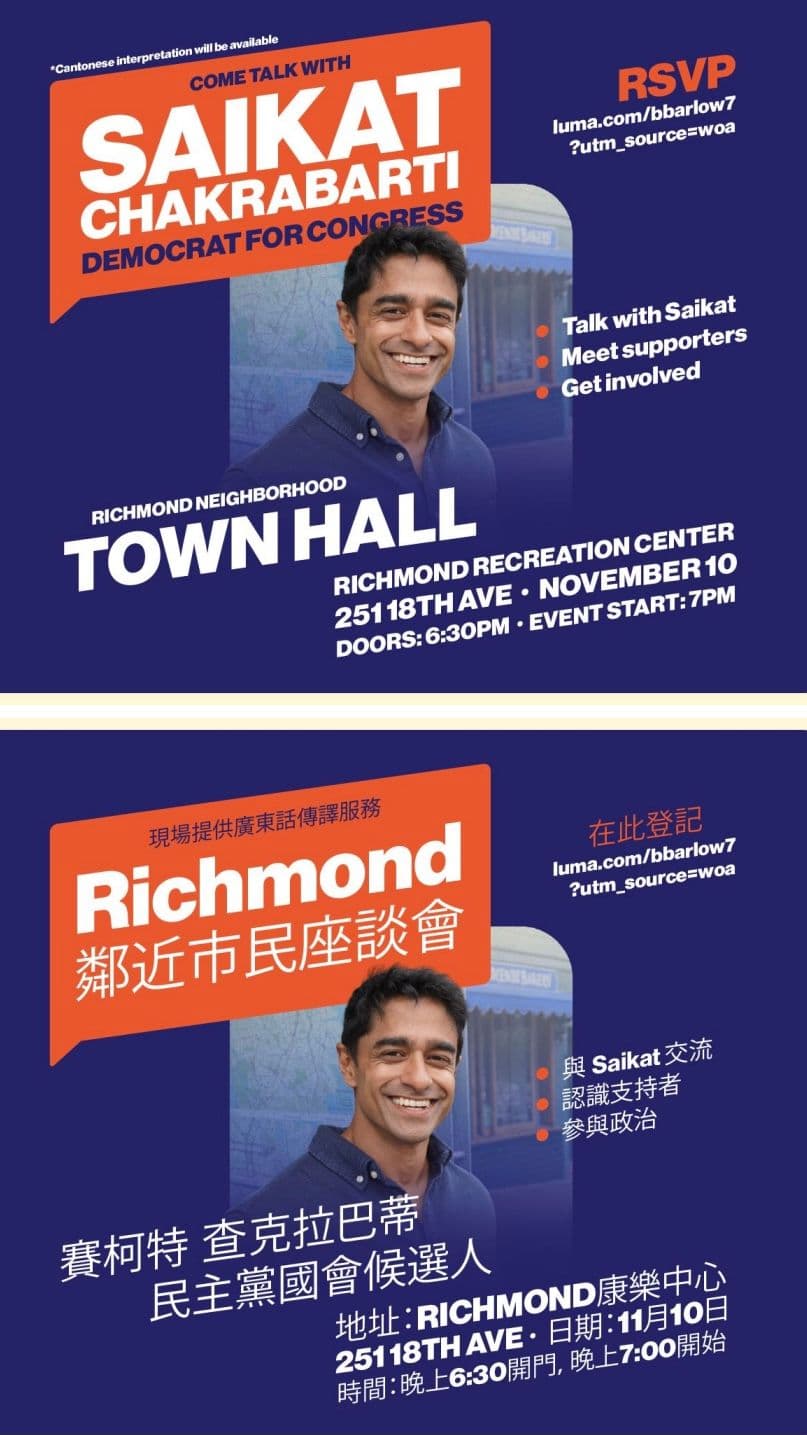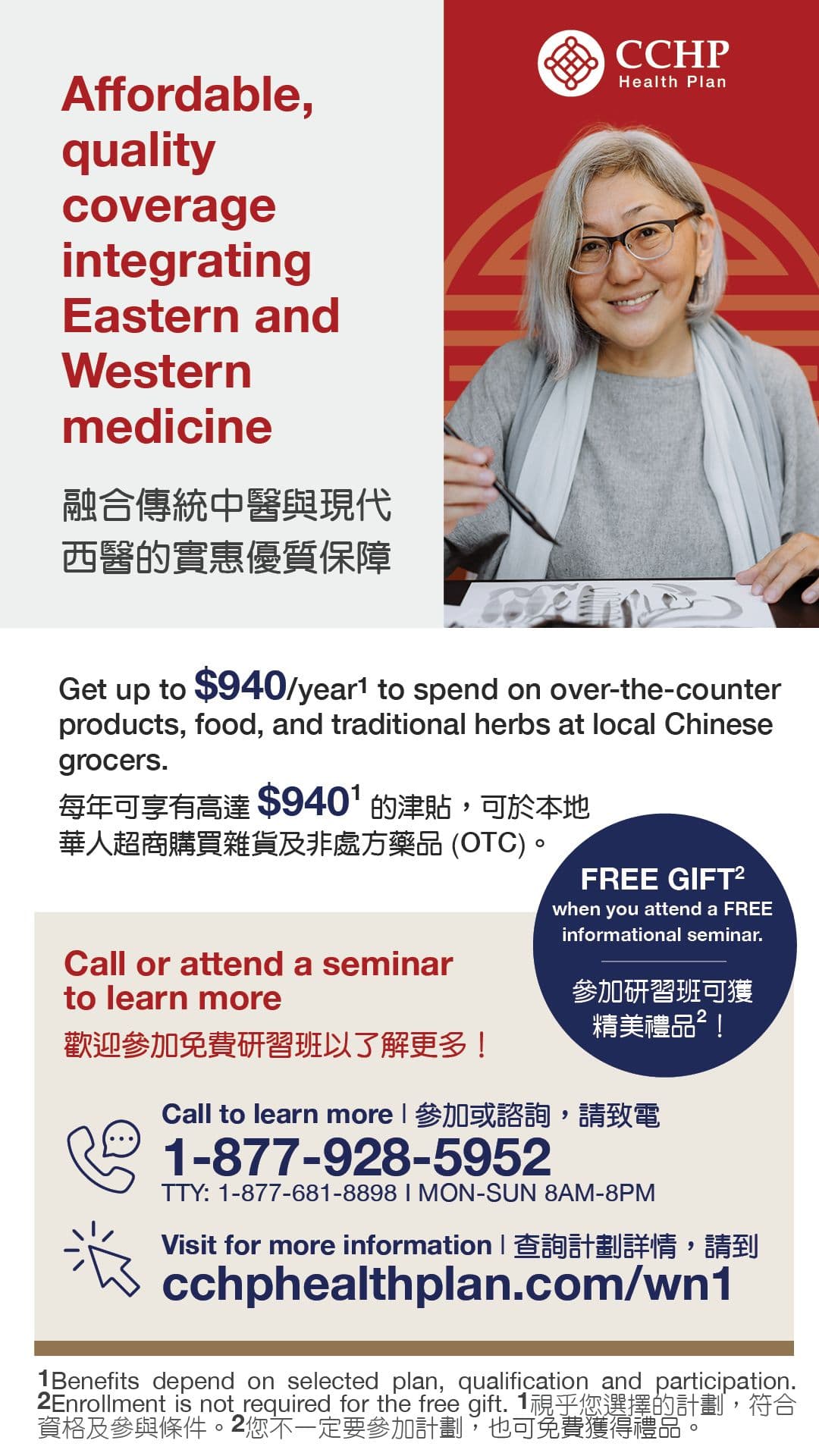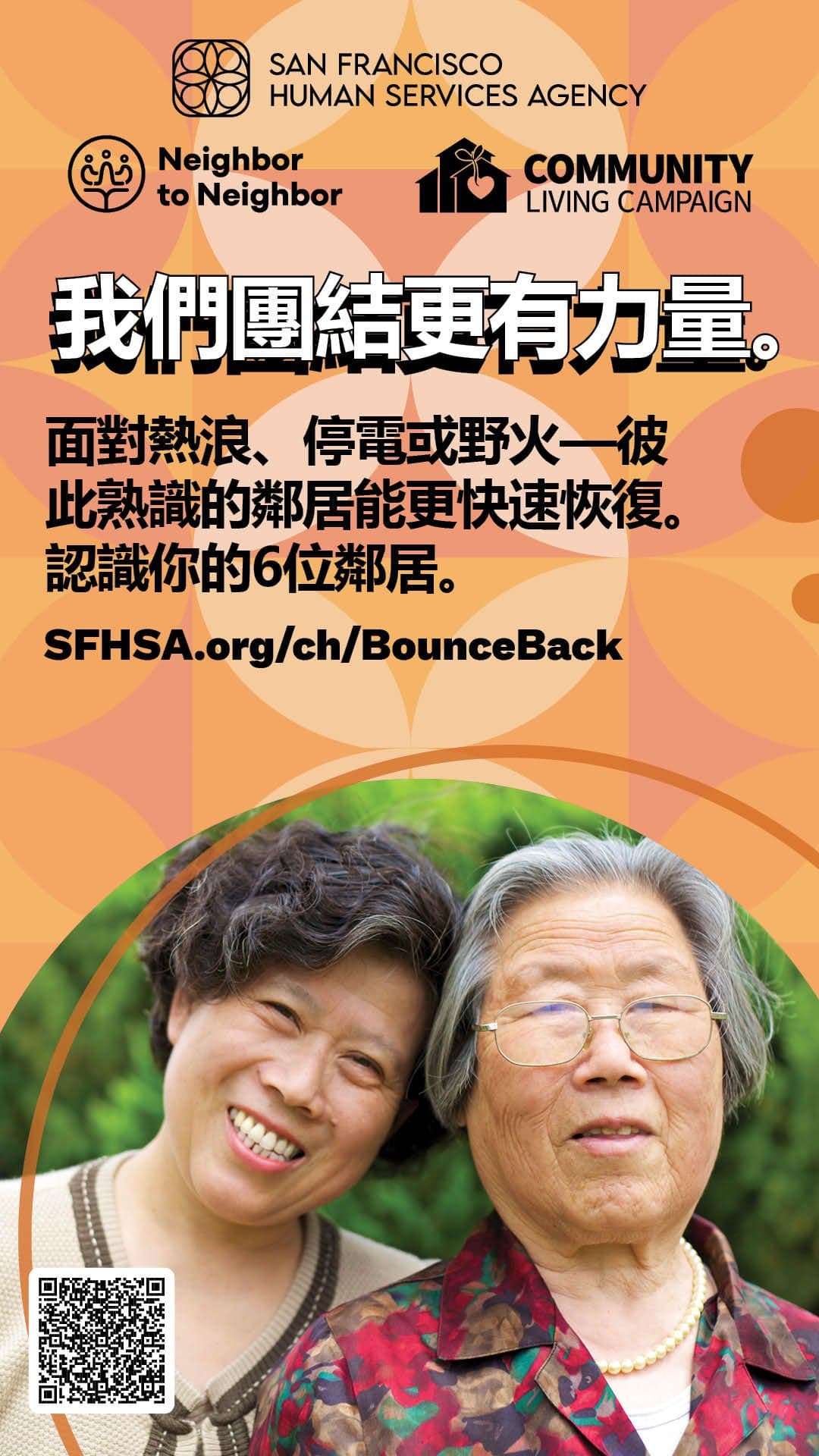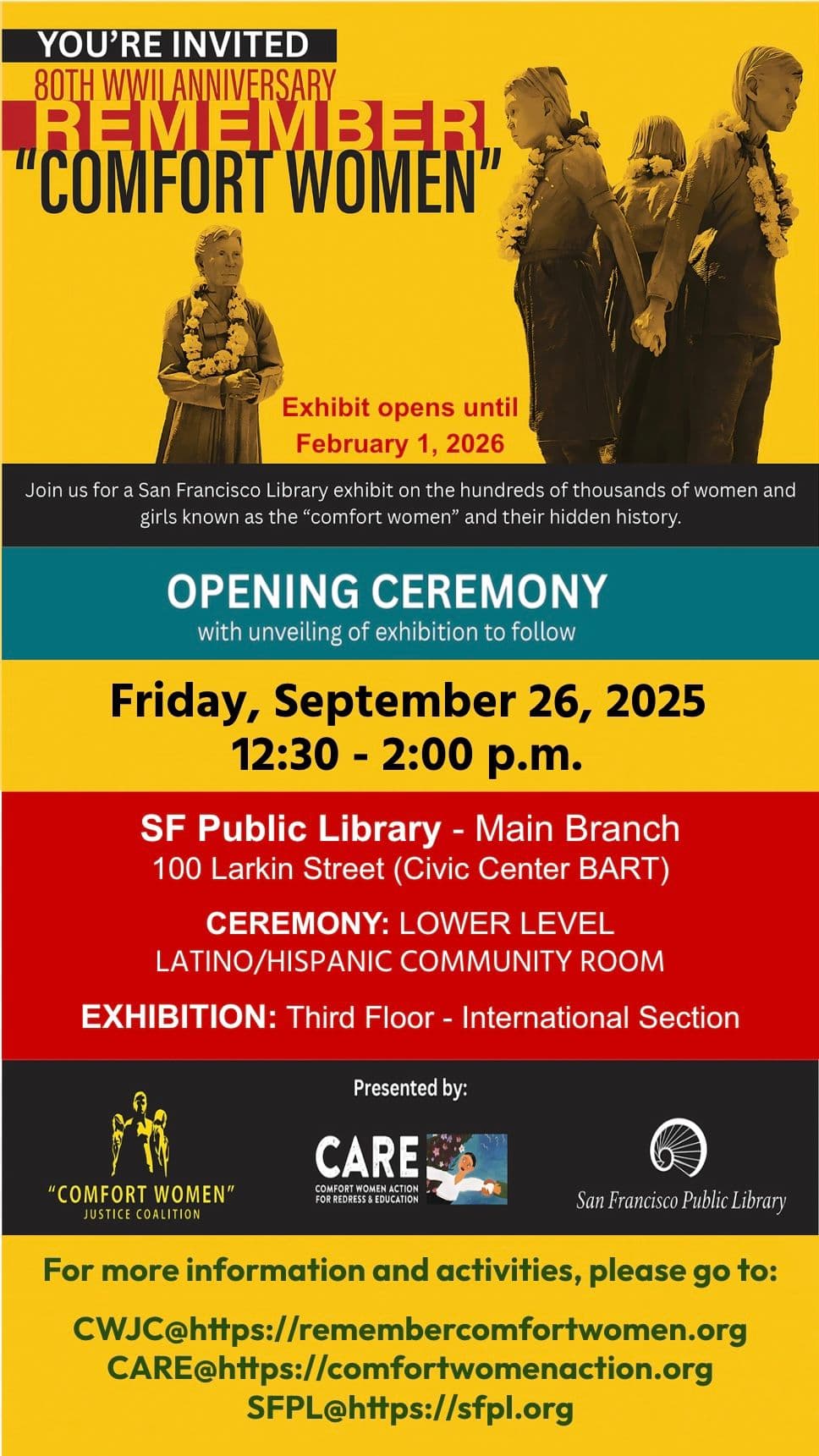President Trump’s tariffs have impacted Asian food markets in U.S. and Chinese Newcomers Center’s 2025 food drive


SAN FRANCISCO — The tariff policies imposed and scheduled by President Donald Trump in recent months have led to the rising Asian food retail prices affecting many American consumers who buy Asian food for their daily diet.
The 32nd annual 5,000-bag food drive in San Francisco Chinatown hosted by the Chinese Newcomers Service Center was held on June 6 and also impacted by the unstable and steep tariff imposed on the Asian food products from China.
George Chan, Executive Director of Chinese Newcomers Service Center, said the center needed to raise more funds to buy the Asian food, which was primarily imported from China, for their annual food giveaway event.
As a result, due to the higher cost and shortage of certain products, fewer items of Asian food were filled in each bag this year.
In 1993, the Chinese Newcomers Service Center started a food drive in Chinatown to provide free essential Asian food for the seniors and members of the low income community. The program has grown bigger and bigger each year. 5,000 food bags were distributed every year in the event in the last several years. It also has become one of the largest food drives in San Francisco.
Those 5,000 seniors and members of the low income families must be residents of San Francisco and register in advance to receive the free food bags. The majority of them live in Chinatown. They would receive tickets to be notified for coming in at different hours to pick up the free food bags on the distribution day.
“The center and its sponsors understand the importance of food to low-income community members, so they continue to support and host the annual food giveaway,” said Chan.
“Despite soaring prices and some food chain supply issues from Asian countries, we were able to purchase and solicit 5,000 food bags,” Chan said. “Each food bag contains more than 20 food items worth more than $85, and is filled with essential cooking items that are popular among Chinese families.”
Among the food products in each bag included rice, soy sauce, oyster sauce, cooking oil, seasonings, rice noodles, rock sugar, biscuits and other Chinese food.

In the 2024 food drive, each bag was worth $75 and filled with 30 food items.
Chan explained that higher cost and fewer items for each bag was mainly related to tariff policies announced by the Trump administration.
The center needed to order 5,000 items for each food product to be filled in each bag. Chan was told by the wholesalers that some products did not have much inventory because they had ordered fewer shipments particularly from China under the rising cost and uncertainty of the U.S. tariff policies in recent months.
On behalf of the center, Chan thanked the generous support from a list of donors to make it possible to give away 5,000 food bags to the seniors and families in need in 2025. The donors included the San Francisco Human Services Agency, the Oriental Food Association, Bank of America, Portsmouth Square Garage Inc., the San Francisco Chinatown Lions Club, Poon Foundation, Chao Suet Foundation, and individual donors, Arthur Chan, Eddie Tsang, and Stephen Loo.
The average price of food in the United States rose by 2.9% in the 12 months ending May, after posting an annual increase of 2.8% in April, according to the latest inflation data published by the U.S. Labor Department’s Bureau of Labor Statistics in June 2025.
As recently as August 2022, the rate of inflation for food at 11.4% was the highest since May 1979, the data from the U.S. Labor Department’s Bureau of Labor Statistics also revealed.
Members of the Oriental Food Association represent the largest wholesalers of Asian food in Northern California.
“The inflation of Asian food for Americans has been even higher than the average number in the U.S. since Trump’s first presidency in 2018,” said Taylor Chow, spokesperson and former President of the Oriental Food Association.
Trump served his first term as President from 2017 to 2021. “Trump imposed a 25% tariff on food imported from China in 2018. When Joe Biden was elected and served his term from 2021 to early 2025 as President, Biden had not reduced that 25% tariff,” Chow said.

Prior to Trump being sworn into office for his second term of presidency in January 2025, the average effective U.S. tariff rate was 2.5%.
On April 2, 2025, Trump announced a “reciprocal tariffs” strategy that included raising baseline tariffs on Chinese imports to 145%. In retaliation, China imposed a minimum 125% tariff on U.S. goods.
On May 11, 2025, Trump further announced the U.S. tariff rate for all imports from China (including Hong Kong and Macau) to be reduced to 34% and 24% of that 34% rate would be suspended for 90 days from May 14, 2025 until August 11,2025.
Effective August 12,2025, the tariff rate for Chinese imports will revert to 34% unless the Trump administration indicates otherwise.
Presently in June the tariff for Asian food imported from China remains at 10%. Wholesalers are active to place orders of food products from China. In the meantime, the Asian food wholesalers face challenges of a slow economy in Northern California, Chow said.
Inflation is one of the factors driving people's lack of cash in their hands. “Restaurants are now not as busy as the time during pre-pandemic and even pandemic days. Although wholesalers have ordered more food products from China under the current tariff level, restaurants have not shown their interests in stocking up inventory like the wholesalers due to the uncertainty of the future economy which has been slowing down in the Bay Area with massive layoffs from the high tech industry,” said Chow.
While looking back during the days between April 2 and May 11, a steep 145% tariff rate on imports from China has considerably impacted the retail prices of Asian food. For instance, a $2 product from China prior to April 2 would jump to $5 under a 145%-tariff system after April 2, Chow said.
In order to maintain a minimum level of inventory for certain Asian food products to avoid empty shelves, the wholesalers only placed orders of small quantities for each product from China during the 145%-tariff days, according to Chow. That had once created a shortage of certain Asian food products.
By looking at the future Asian food market in the U.S., Chow predicted that the Asian food retail prices would remain high and unstable in the near future because of the uncertainty of the Trump administration and the economy.
- Three finalists among seven candidates named for the next San Mateo County Sheriff
- Police search for man who allegedly stole two 28-inch-tall popular Labubu dolls worth of thousands of dollars
- SNAP (Food Stamps) to stop issuing funds in November, participants begin to save current benefits for future food
- Letter to the Editor: Yes on 50 is our best defense
- APA Family Support Services’ permanent home becomes a new landmark in Excelsior
- Chinese American voters reluctant to support Proposition 50 in California’s November 4 election
- Jing Ying Institute shares the beauty of Cantonese Opera with wider communities by launching its first talkback show
- San Francisco Public Library provides free professional financial planning advice and services







